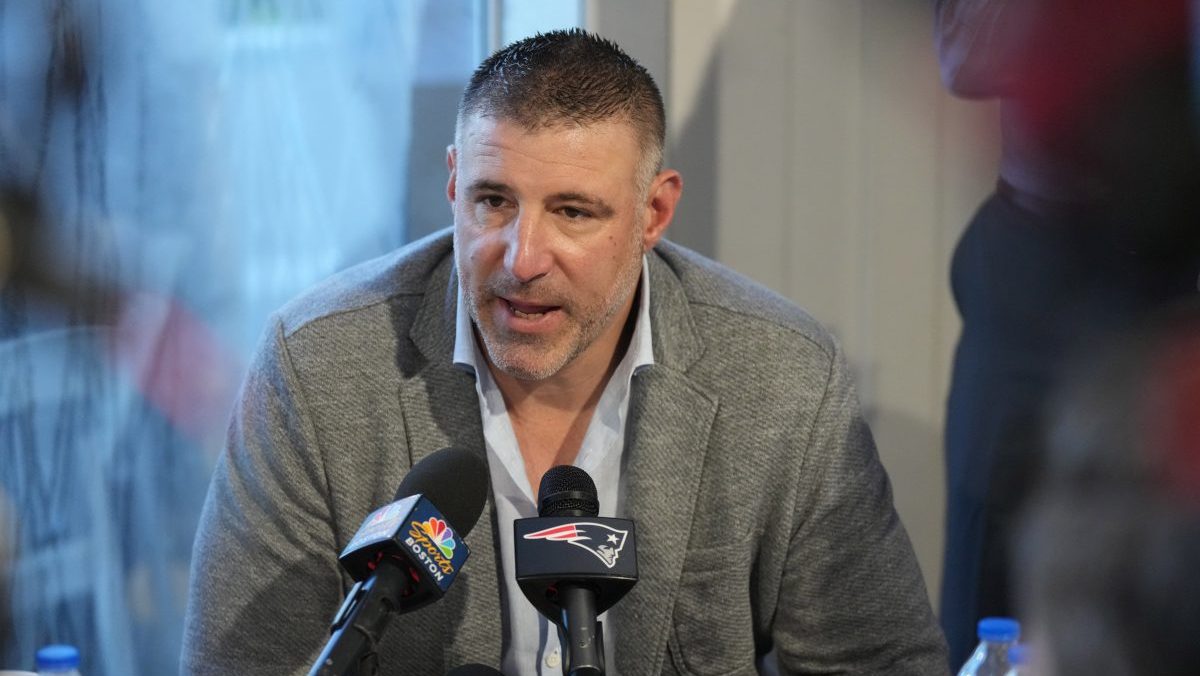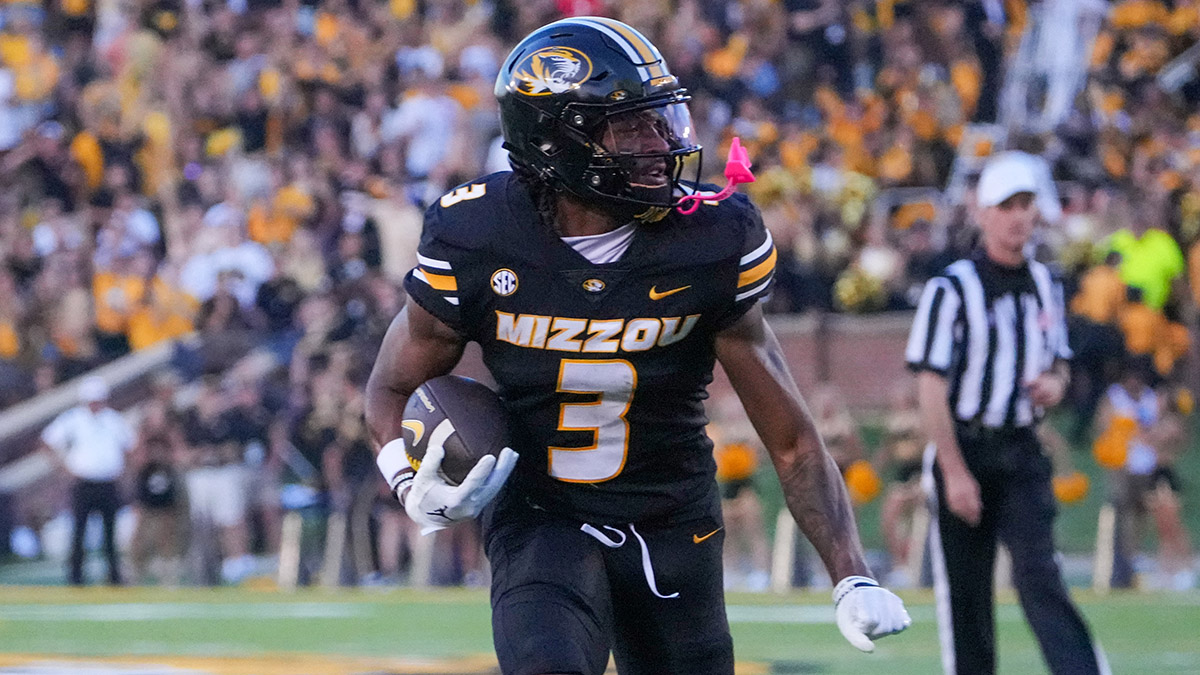Tom Brady has opted to stick with the approach he's taken all offseason. He's unplugging. He's staying away from the workplace. For the first time in his professional career, he's not taking part in OTAs. For now, at least.
Today the Patriots begin Phase Three of of OTAs and Brady, as was also true for Phases One and Two, isn't there. (Neither is Rob Gronkowski. who also has been absent since the beginning.) So what exactly is Brady -- and Gronk -- missing?
PHASE THREE
Phase Three of the offseason program, which consists of 10 OTA practices, lasts four weeks. The time limit on these voluntary sessions, in terms of the number of hours teams can have players spend at the facility, gets a bump to six hours per day. (Before, in Phases One and Two, the limit was four hours.)
OTA practices will be held over a span of three weeks: May 21-22, May 24; May 30-31, June 1; June 11-12, June 14-15. Patriots mandatory minicamp last three days, splitting up the OTA sessions: June 5-7.
Helmets will be permitted during Phase Three, as will knee and elbow pads. Seven-on-seven, nine-on-seven and 11-on-11 drills . . . all good. Live contact, meanwhile . . . not allowed.
This would be the portion of the offseason program when Brady would be best able to simulate a typical practice setting, with the offense running plays against a competitive defense. The Patriots will likely work on situational football -- red zone, two-minute, hurry-up -- during what is commonly described as "passing camp."
New England Patriots
Find the latest New England Patriots news, highlights, analysis and more with NBC Sports Boston.
Though the level of intensity and the timing of offensive plays will change when pads are introduced during training camp at the end of July, passing camp still has its benefits.
Patriots offensive coordinator Josh McDaniels recently described some of the communication elements of the game that can be refined this time of year, particularly during Phase Two and Three. It was part of a broader answer McDaniels supplied when I asked him if Brady's absence from the offseason program will make things any more challenging when he eventually returns.
"You always evaluate," he said. "When somebody's coming back from an injury or there's something like this, when there's a time period where they're not there. You can never predict how that's gonna go. I think we saw a few years ago, [Brady] came back after four weeks gone" -- at the beginning of the 2016 season, when he served the four-game Deflategate suspension -- "and there wasn't a huge gap there in terms of what he was used to doing.
"You evaluate where each guy's at, and try to make the best decisions going forward from there, whether it's an injury or something like this where they make a personal decision to do something a little different. Integrating them with their teammates, that kind of happens organically, understanding there's going to be some things you need to work on in terms of communication. But we work on those things from now until the last week that we're playing. Whatever week that is this year, that Friday we're going to be trying to teach and work on communication, trust, signals, body language, verbal communication, all of those things are a work in progress in our game. You never really get to the end. We'll see where everybody's at when they get back and we'll take it from there."
For the first time in Brady's career with the Patriots, coaches are going to have to see where he's at after he's made the choice to skip at least a portion of OTAs and all of Phases One and Two.
Here's what he's already missed:
PHASE ONE
The Patriots offseason program began on April 16. That marked the start of Phase One, which lasted two weeks. As was discussed on Quick Slants the Podcast, when it became clear Brady would not be participating in the early part of the team's offseason program, workouts during Phase One were limited to strength and conditioning activities. When players were on the field during Phase One, only strength and conditioning coaches were permitted on the field. The CBA allows for quarterbacks to throw to receivers with no coverage during Phase One.
PHASE TWO
Phase Two began on May 1 and lasted three weeks. During Phase Two, coaches were allowed on the field with players, and individual drills were allowed. Teams were allowed a max of 90 minutes on the field. Contact was not allowed. Offense-versus-defense and one-on-one drills were not permitted, either. Helmets were also banned during Phase Two. During Phase Two -- as is the case during Phase One -- teams can specify two hours for players to be at the facility. The maximum time for a player to attend offseason activities is four hours per day, leaving players two hours to spend however they see fit.


